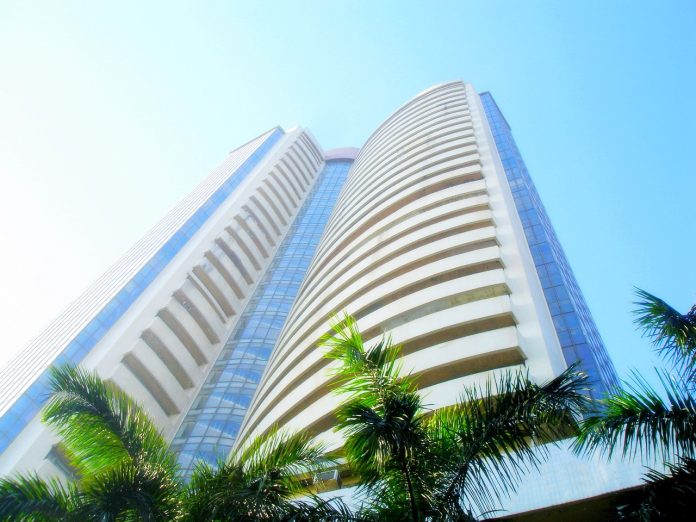Business: Following a lackluster 2022, equity benchmarks surged back to life in the current year. Robust domestic demand, a revival of the capex cycle, and hopes of rate cuts energized investor sentiment, propelling indices to record highs. However, frenzied buying in certain sectors has raised concerns about a potential pullback.
On the global stage, 2023 can be characterized as a year of extremes, marked by the most profound crisis to impact the US banking sector since the Great Depression, the largest conflagration in the Middle East in over 50 years, global interest rates reaching decadal highs, and consumer sentiment plunging to decadal lows.
“The equity market has had a remarkable year, marked by a new high with broad-based participation. The consistent inflow of SIPs, along with contributions from EPFO (Employees’ Provident Fund Organisation) and the growth of PMS/AIFs (Portfolio Management Services/Alternative Investment Funds), has created significant traction in the equity market,” said Mukesh Kochar, National Head of Wealth at AUM Capital.
He highlighted that despite occasional FII selling, the market has set a new record with robust domestic liquidity. The year has witnessed a structural and long-term change in retail participation, reflecting the growing influence of domestic investors in the Indian equity landscape.
In 2023, the domestic market experienced a rollercoaster ride, starting on an optimistic note but facing challenges early on with a scathing report by Hindenburg Research against the Adani Group, leading to a widespread selloff. Despite ups and downs, the Nifty achieved its all-time high in June and surpassed the historic 20,000-mark in September, while the Sensex reached the 70,000-level in December. Notably, the Nifty hit a fresh lifetime high of 21,600 on December 27, and the Sensex touched the 72,000-mark for the first time.
India achieved another historic milestone with a market capitalization of $4 trillion, maintaining its fifth position globally after the US, China, Japan, and Hong Kong.
In 2023, India’s GDP growth rate of 7.6 percent for July-September exceeded estimates, solidifying its position as the world’s fastest-growing major economy. The Finance Ministry is on track to achieve the country’s highest-ever budgeted capital expenditure of Rs 10 lakh crore in 2023-24, further boosting economic momentum. The capex cycle has seen increased participation, with listed corporates and states investing unprecedented amounts of Rs 8.1 lakh crore (17 percent YoY growth) and Rs 7.1 lakh crore (34 percent increase), respectively, over the past twelve months. Infrastructure, railway, defense, and real estate stocks have emerged as the top performers.
The Nifty Realty index recorded a 75 percent jump, making it the top sectoral performer, followed by PSU, Auto, and PSU Bank indices. However, while the benchmarks gained around 18 percent, smallcap and midcap indices surged over 40 percent. The Nifty, with a 1-year forward PE ratio of around 20x, is fairly valued, but midcap stocks tell a different story.
Some mid- and small-cap stocks are trading significantly beyond their fundamentals, prompting analysts to caution investors as the new year approaches. The market is showing signs of exuberance, with several oversubscribed IPOs and a frenzy in the mid and small-cap segments where valuations are excessive. The rally in the PSU space, particularly in segments like shipbuilding, is driven by hope based on order inflows, overlooking execution challenges. Analysts advise investors to prioritize high-quality blue-chip stocks with good earnings visibility and caution that a correction in the broader market is inevitable. However, India remains in a macroeconomic sweet spot, and despite challenges in other emerging economies, the Indian economy is expected to continue its growth momentum in 2024, offering stability amid global economic volatility.

